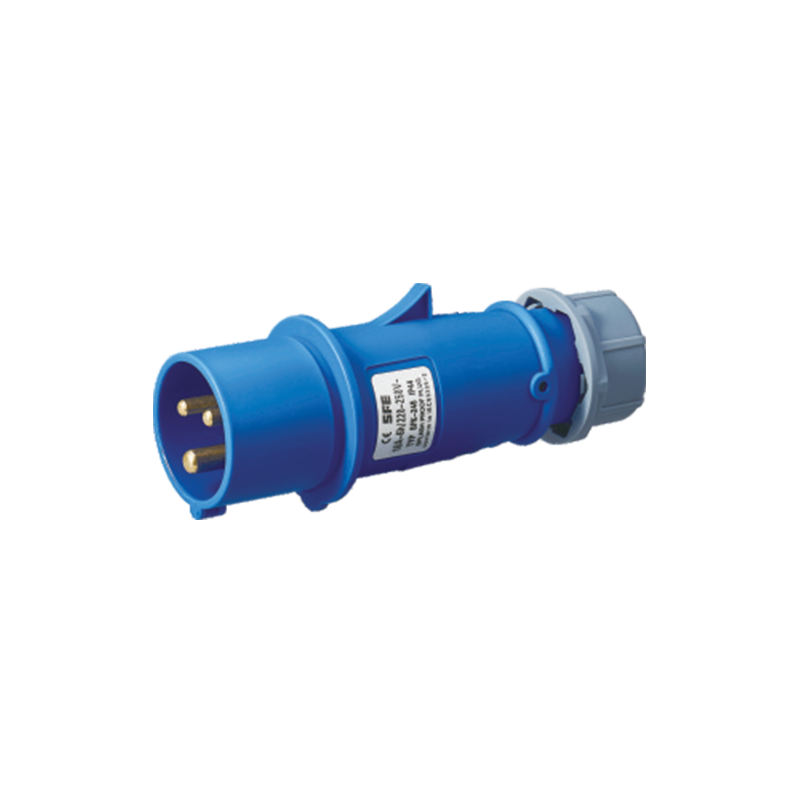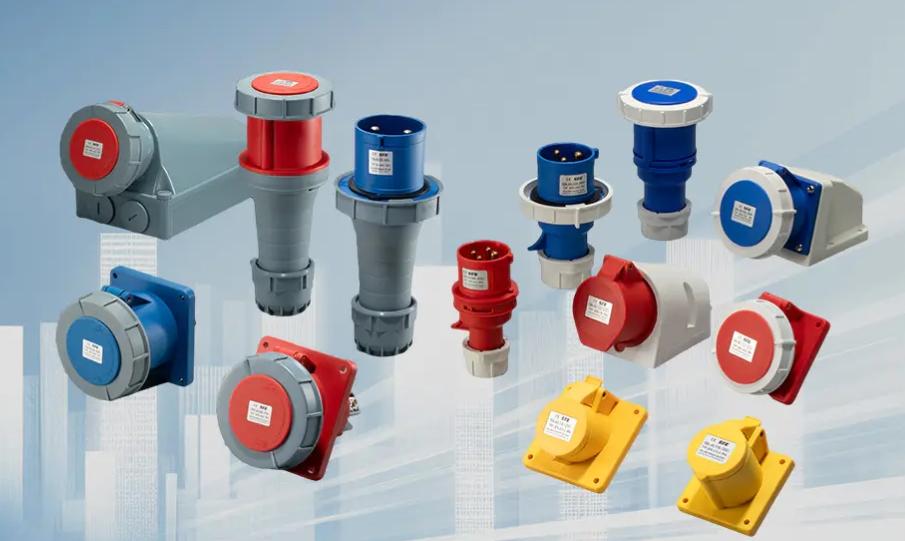3-Pin Plug Socket is often chosen for commercial projects due to its combination of safety, practicality, and compatibility. This socket design has been adopted in many regions because it helps reduce the possibility of electrical faults while simplifying connection of equipment. Whether used in offices, workshops, or industrial facilities, it plays a central role in daily operations.

One primary reason to use a 3-Pin Plug Socket is its grounding capability. The inclusion of a dedicated ground pin offers an additional layer of protection by redirecting excess current away from equipment and personnel. This helps maintain safe operation even during voltage fluctuations or minor faults.
When selecting a socket for your project, several factors deserve attention. The rated current and voltage must align with the electrical requirements of the connected devices. Exceeding these ratings can lead to overheating and damage over time.
Another factor is the material quality. Sockets manufactured with reinforced thermoplastic or similar materials provide resistance against impacts, heat, and chemical exposure. In demanding environments, this durability reduces maintenance needs and supports continuous operation.
Proper installation is equally important. It is recommended to work with qualified electricians to ensure wiring meets local standards and manufacturer guidelines. Secure mounting prevents movement or loosening, which can affect performance or create safety concerns.
Routine checks and cleaning help maintain reliable contact between the socket and plug. Over time, dust, debris, or slight corrosion may develop, especially in areas with heavy use. Keeping the socket clean supports consistent power delivery and prolongs its lifespan.
By carefully evaluating requirements and maintaining each 3-Pin Plug Socket, businesses can achieve safe, dependable electrical connections that meet the demands of modern workspaces and production environments.




